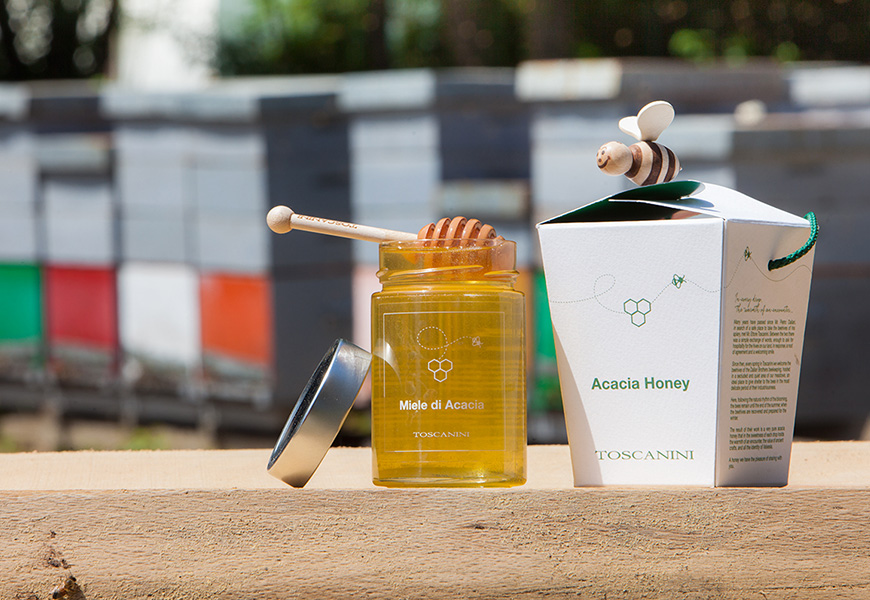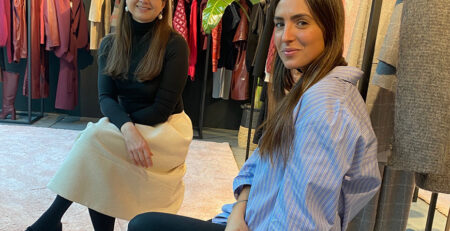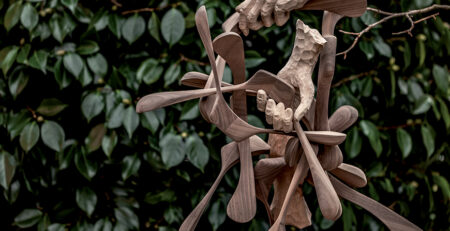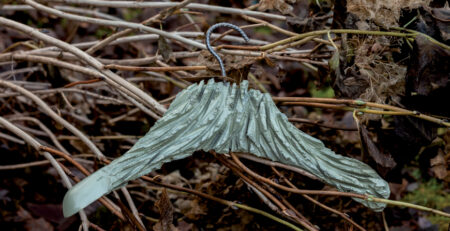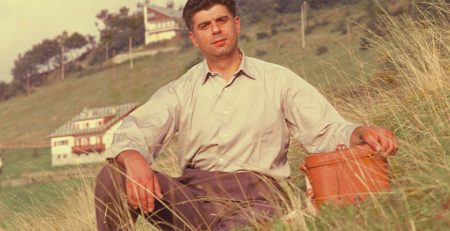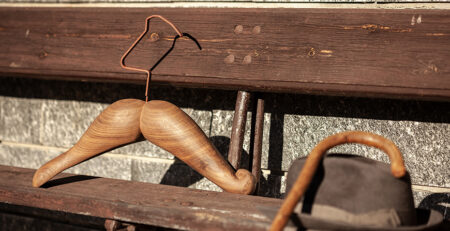Toscanini, green as a state of mind
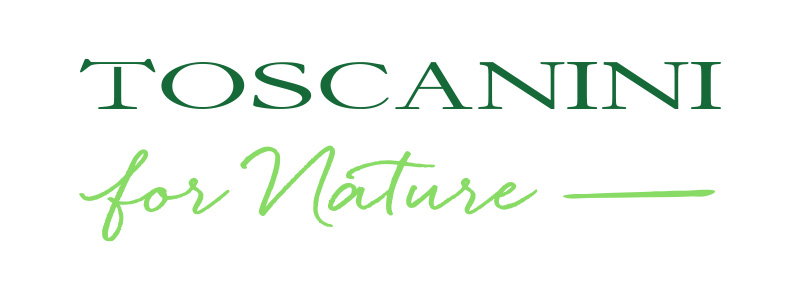
Federica Toscanini tells a story of ”Made in Italy” sustainability
We discussed sustainability with Federica. For the Company, this is not just an “obligation,” one of those issues that must be addressed because it’s the trend. On the contrary, it is something that Toscanini has always believed in, ever since the small carpenter’s workshop opened in the Valsesia in 1920 and became a family business in the late 1940s. With the help of a culture that tended to recycle and update used objects and the difficulties in sourcing raw materials after World War II, Ettore Toscanini used his wit to salvage and recycle production waste. He also used machines using mechanical components from abandoned tanks that he brilliantly repurposed. There are certainly stories, but there are above all facts that demonstrate Toscanini’s green philosophy. We talked about this with Federica after the launch of the new Toscanini for Nature logo.
Toscanini for Nature Toscanini for Nature as a symbol of the Company’s sustainability
Q: What does the Toscanini for Nature logo stand for?
FT: Sustainability is one of our brand’s core values. We’ve always been committed to reducing our energy consumption, actively recycling waste materials, and making eco-conscious choices about potentially harmful varnishes, solvents, and materials. We felt that creating a “green” branding was consistent with our heritage and would provide greater visibility to the initiatives we are passionate about.
Q: Let’s explore the concept of sustainability.
FT: We consider sustainability as a total commitment that is not just about “not polluting,” but about being responsible and respectful of people, communities, and, of course, the environment. Years ago, numerous companies relocated production to countries where labor costs less or chose China for sourcing. We didn’t. We held our ground and kept production in Isolella. We owed it to our past, to the people who have worked alongside us and whom we know one by one. We also owed it to the idea that “Made in Italy” is not just a label but a concept to be honored and an idea we can identify with. Of course, it would have been cheaper to go elsewhere. But we would’ve lost sight of what we are, the quality of our products, the joy of the creative process, and the care we dedicate to each step leading to our finished products. We wouldn’t be “sustainable” anymore.
There is also another critical aspect of sustainability: creating quality that generates beauty. The honest use of choice materials results in long-lasting pieces. They are beautiful today and tomorrow and can therefore be handed down to the generations to come. They become bearers of memories, stories, and worthy examples of things done right.
“Green” values linked to the Valsesia and its territory
Q: There’s a strong bond with the territory, isn’t there? You can just feel it.
FT: Yes, that’s right. We were born and raised here, and our roots are in the Valsesia. We share with the people of this territory a love for beauty and a passion for working with an eye for detail … a simplicity that is in itself harmonious and respectful of what surrounds us. Starting in the 80s, our father Ettore renovated several disused hydroelectric plants and made them efficient again. This project created jobs produced clean energy and safeguarded the territory. We have continued his work, for example, by building a hydroelectric plant on the grounds of the Santuario di Oropa, an area subject to environmental and landscape conservation measures by Unesco. An extremely delicate and perfectly integrated project, which has enabled our plant to become completely independent from the public grid. Whatever isn’t needed is at the disposal of the community. I’d also like to add that part of the proceeds of this energy plant have been donated to the Sanctuary for the restoration of the chapels – just one more way of doing our bit.
Q: And then you’ve got the big green silos, forerunners of the Geotag for those coming into Valsesia…
FT: It’s true! The two silos where we put sawdust and wood shavings from production can be seen from afar and seem to guide you through the valley. They are also the result of our father’s intuition. They were designed and built to store waste materials used later to heat the factory. A funny little story: in the 1970s, we experimented with one of the very first examples of a circular economy by selling beech wood sawdust, ideal for smoking, to the Salmon Company, a salmon processing plant. For several years, they sent us boxes of delicious salmon fillets, a rare and expensive delicacy at the time.

Art with Toscanini hangers’ green soul
Q: Does technology help when it comes to sustainability?
FT: Technology and innovation are two essential elements for us. While some of the steps are still done by hand, since only a person’s touch can tell if a surface is as smooth and polished as it should be, technology has allowed us to industrialize styles that would not otherwise be possible while making the most efficient use of our resources. For our hangers, we use wood from responsibly managed forests. We’re able to reduce waste by using oil treatments, natural waxes, and water-based varnishes, which means we can use 80% fewer solvents. These solutions are the fruit of continuous research that keeps on inspiring us.
We have also adopted an organizational system based on shared rules based on LEAN management (a “lean organization”) to avoid waste caused by production and management errors. A process that has earned us UNI EN ISO090001 certification and has involved all areas of the Company.
Q: Is sustaining arts projects a form of sustainability, too?
FT: It is. We’re sustaining projects involving young emerging artists and encouraging more people and more people to enjoy art. For our 100th anniversary, we asked 5 artists to create works of art starting with a hanger and reflecting the Company’s value. We gave them complete freedom of interpretation. The pieces they created, very different from each other and genuinely amazing, were exhibited at the 2020 Borderline Art Festival.
Q: So let’s get back to the Toscanini for Nature logo.
FT: It’s our seal on the long road to sustainability that began with our father and which we have continued. I can proudly say that we have earned it and that we will continue to work hard to earn it in the future.

